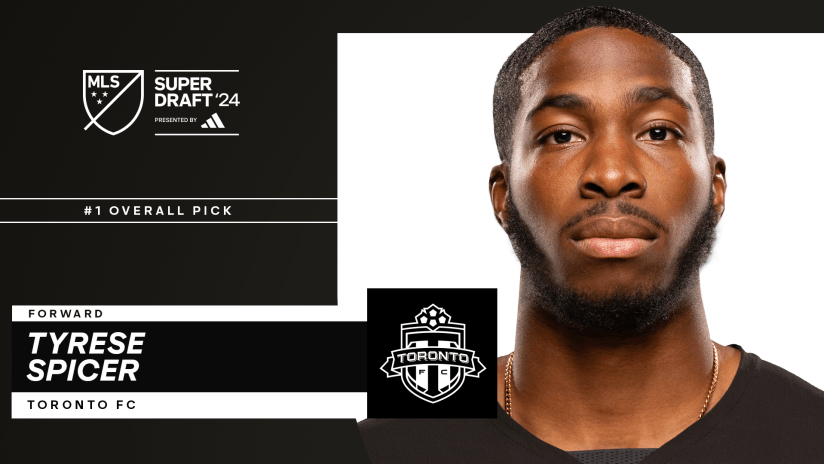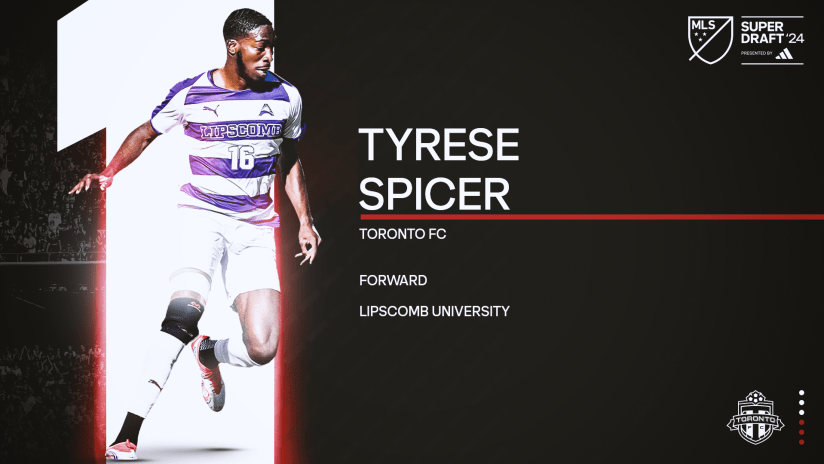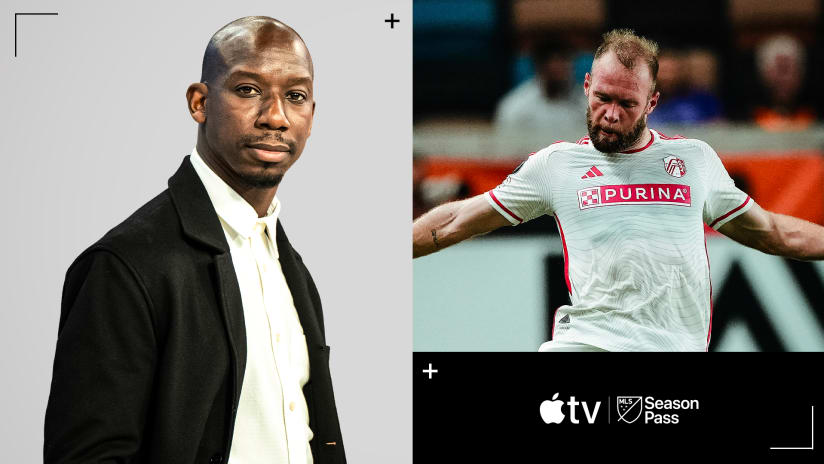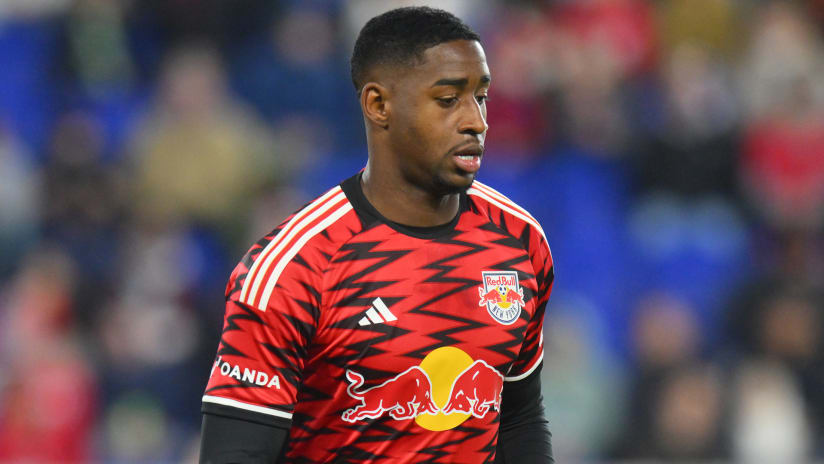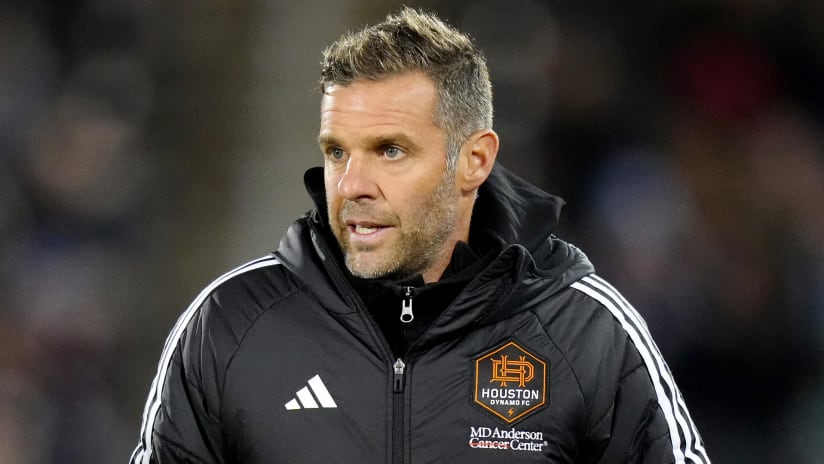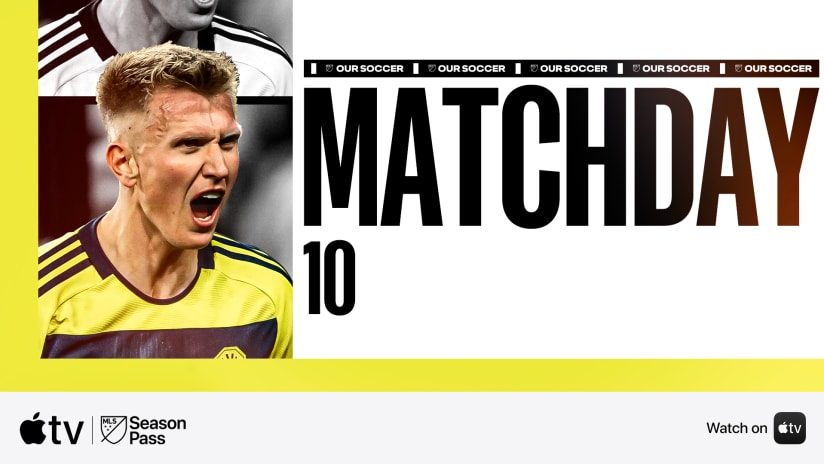Predicting the MLS SuperDraft is a challenge of notable proportion. Of all the drafts in the country’s major sports, this one has the least scouting oversight and perhaps is shrouded in the thickest layers of fog right until draft time. It isn’t that predictions are impossible. But they’re typically wild if educated stabs.
That’s why we’re predicting today.
We’re running right up to draft time, which hits at noon PT on Friday in Los Angeles. With the combine now written, teams are feverishly attempting to jockey for position as their draft boards shift like the wind.
What if we took that right back here?
Is that talented striker consistent enough?
Are we sure that midfielder is a No. 8? He looked a bit shaky at the combine.
Here are my five major predictions for Friday’s draft. Whether or not they come true - history has a tendency of mercilessly mocking MLS draft predictions - these bets are probably as good as any come harvest time.
One of the top four picks will trade out
Rumors are a powerful drug this time of year. Some teams use them to seed the field for their own purposes. If a club can convince the rest of the league it’s looking to move out of a favorable draft position, it can trigger feverish movement elsewhere. This is what’s called controlling the narrative, and some clubs play that fiddle to perfection.
Other clubs simply want value for their pick, and I think at least one team in the top four will get it.
This isn’t a historically strong draft when it comes to seniors, and the Generation adidas class, while strong, has a few nagging question marks. There’s been smoke this week that each of the top four drafters - Minnesota, Atlanta, Chicago and Houston in that order - are open to offers. It’d likely take a mountain to move Minnesota United off No. 1, but I think each of the next three are wide open. All three made major moves this offseason to shore up roster depth, and while there’s talent to be found in the draft I’m not sold that all four stay in place. I think somebody will be desperate enough to fork over some allocation cash for the right to pick up a Generation adidas player.
Minnesota United won’t pass on Jeremy Ebobisse
Some years, the No. 1 pick more or less isn’t in question. It certainly wasn’t in 2015, when Orlando City took Cyle Larin, and there was little question in 2016 that Jack Harrison was the top overall talent available. This year, though, is less clear. Which makes Minnesota United’s decision at No. 1 all the more interesting.
Conventional wisdom has always been that Jeremy Ebobisse, who sat out the 2016 college season at Duke after signing with MLS in August, was the top talent in the draft. There’s been some question about that lately, with players like Miles Robinson and Abu Danladi rocketing up draft boards all across the league. I can tell you with certainty that not all 22 front offices have Ebobisse as their deadbolt lock No. 1 prospect. But historic indications are what they are, and Minnesota United has a sensible, quality front office.
It’s extremely unlikely any team offers Minnesota United enough through a trade to justify parting with the top pick, and in that event there’s probably little doubt that their play is the conventional one. I do think that for all the swirling chatter, Ebobisse still lands as the No. 1 pick.
A Generation adidas player will slip to the second round
This isn’t quite as unprecedented as it may sound. As recently as 2015, NC State defender Conor Donovan slid to the first pick of the second round, where Orlando City poached him. If teams either don’t value or don’t have enough information on a Generation adidas player, the roster benefit is more or less perceived as moot. And while most Generation adidas players have been well-scouted, this is a particularly interesting class when it comes to unknowns.
A few Generation adidas players are more or less locks to go high. Miles Robinson, Abu Danladi, Jackson Yueill and Shamit Shome all look to be top 10 picks in most any circumstance. Even if one slips beyond the threshold most expect - we’re talking top five or six here - it’s extremely unlikely they fall much farther. That said, there are two who don’t quite have the same profile.
Adonijah Reid, a Canadian Generation adidas signee alongside Shome, is a 17-year-old forward who more or less got his first major exposure during the MLS Combine this week. And Akron attacker Jonathan Lewis was a late Generation adidas signee with arguably less buzz than anyone else here. Both are quality players, but on such short notice, don’t be surprised to see one slide out of the first round in favor of more heavily scouted players.
There won’t be a full-time No. 1 MLS keeper from this draft
It’s a rare thing indeed these days to see a draft without a major goalkeeper prospect. Whatever the college game’s reputation for developing other positions, it’s still a quality haven for national team-quality goalkeepers. The US’s strong lineage at the position and wealth of knowledgeable goalkeeper coaches make the college game a necessary stop on the American soccer cursus honorum.
So it isn’t a surprise that a keeper’s gone in the top 10 in each of the last three drafts: Andre Blake (2014), Alex Bono (2015) and Andrew Tarbell (2016). But for the first time since 2013, there are no Generation adidas keepers in the draft pool, and that year a keeper wasn’t taken until the 32nd pick. We may well see something similar again in 2017.
It isn’t that this pool of keepers is without talent, necessarily, but there isn’t one that jumps off the page above talent at other positions. The top three keepers in some order are probably Wake Forest’s Alec Ferrell, Tulsa’s Jake McGuire and Monmouth’s Eric Klenofsky. Ferrell was probably the most consistent keeper in college soccer in 2016, McGuire is a prototypical stand-up shot-blocker and Klenofsky made his career a spinning highlight reel of dizzying saves. But all three have at least one major question mark on their utility at the pro level, and there isn’t much depth behind them. Don’t be all that surprised to see no keepers taken in the first round, and perhaps none until late in the second.
Defenders will make up the majority of the first-round picks
The draft invariably fluctuates in the fruit it produces. Some years are forward-heavy, some provide a bumper crop of keepers, and others are surprisingly bountiful in wide players. But there is an underpinning truth about the draft that it always returns to defenders in the end. As good as a particular position may be one year, the draft is ultimately the best place to bolster your defense.
Over the last three drafts, defenders were taken an average of nine times in the first round. That’s a larger share of the draft’s most important round than any other position, a clear indication that teams value college soccer’s defensive pool more than any other. There are a number of reasons for that: ease of transition: the college game’s style, the overarching American way of developing players. But the truth remains. Defenders are the safest draft picks, forever and always.
This year would seem to be no exception. Most mock drafts have somewhere in the neighborhood of eight or nine defenders going in the first round, but there could be more. This is a quality draft for defenders, with guys like Brandon Aubrey, Miles Robinson, Chris Odoi-Atsem and Reagan Dunk making up a surprisingly broad field across the back. Of course it’s still light on left backs (as ever) but don’t expect the overall trend to change. The draft at its bedrock is defender-driven. So it will be in 2017.




